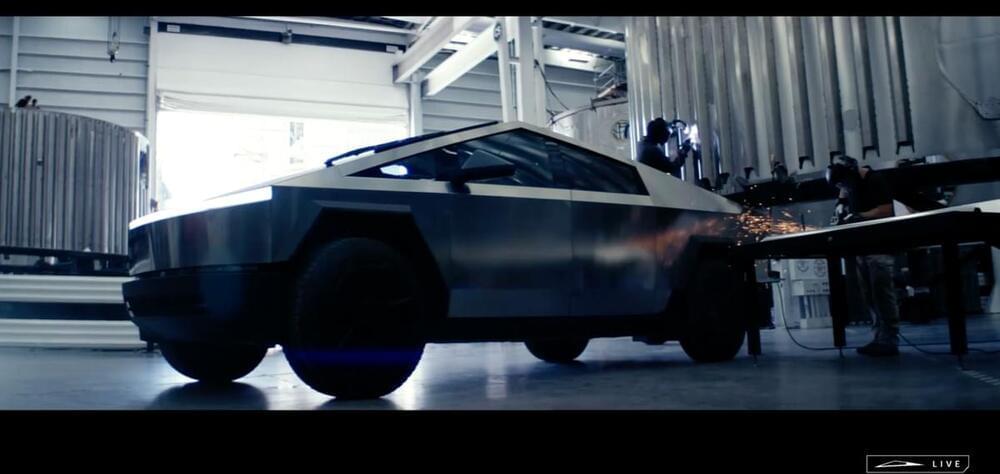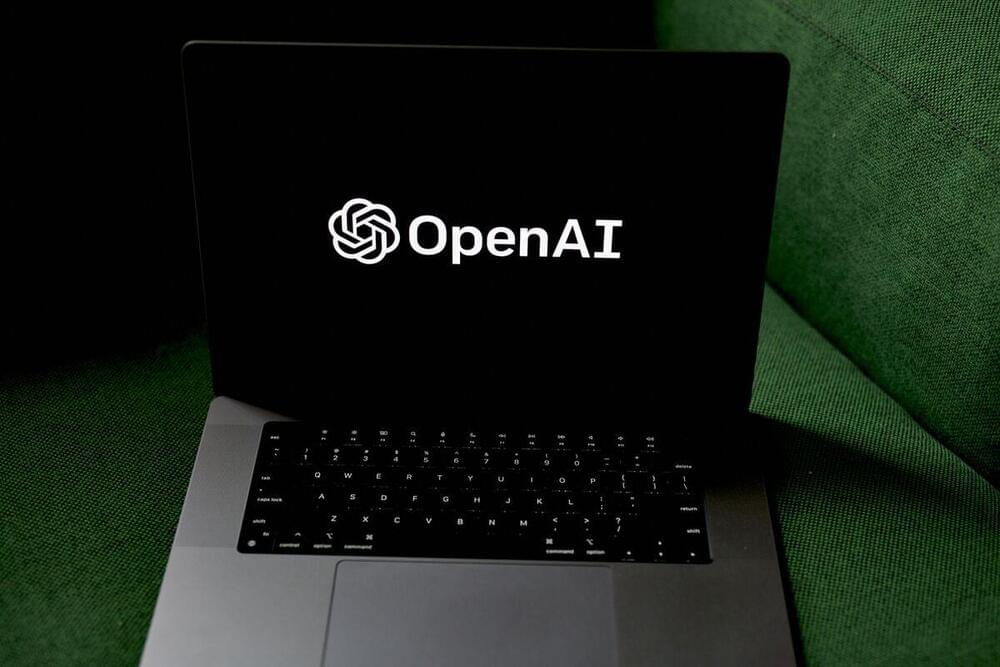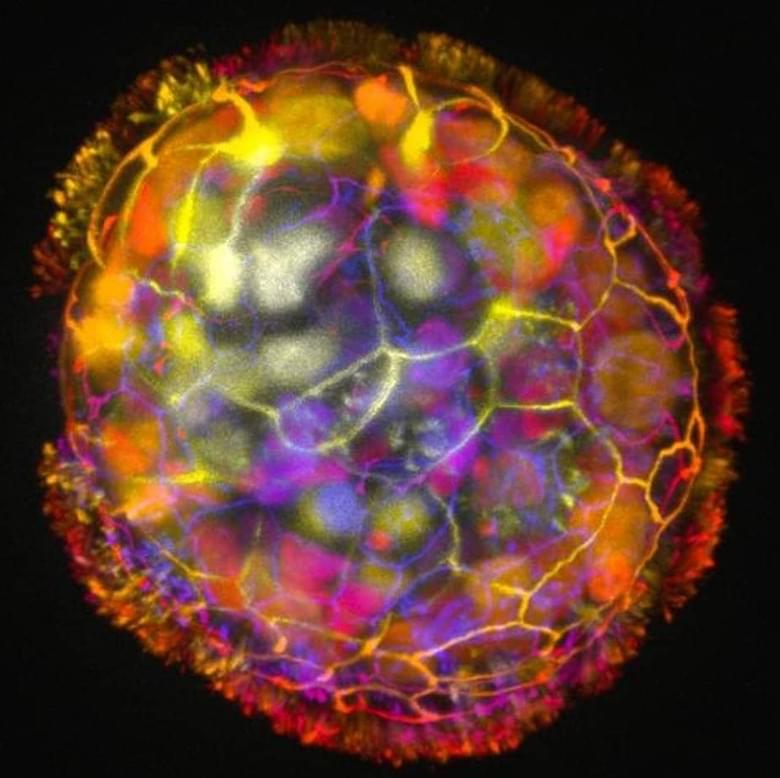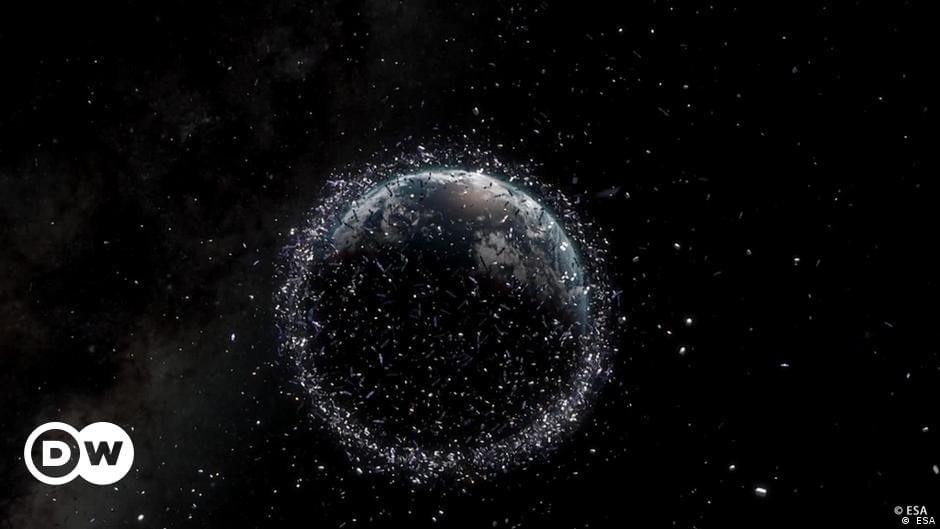OpenAI didn’t mean to kickstart a generational shift in the technology industry.
The biggest thing in tech since the iPhone was basically an accident.




Within a tumultuous week of November 21 for OpenAI—a series of uncontrolled outcomes, each with its own significance—one would not have predicted the outcome that was to be the reinstatement of Sam Altman as CEO of OpenAI, with a new board in tow —all in five days.
While it’s still unclear the official grounds of Sam Altman’s lack of transparency to the board, and the ultimate distrust that led to his ousting, what was apparent was Microsoft’s complete backing of Altman, and the ensuing lack of support for the original board and its decision. It now leaves everyone to question why a board that had control of the company was unable to effectively oust an executive given its members legitimate safety concerns? And, why was a structure that was put in place to mitigate the risk of unilateral control over artificial general intelligence usurped by an investor—the very entity the structure was designed to guard against?

The explosive growth of generative AI over the last year has been truly phenomenal. Kick-started by the public release of ChatGPT (was it really only a year ago?), it’s now everywhere. Keen to ride the wave, every app from Office to eBay has been adding generative capabilities, and growing numbers of us are finding uses for it in our everyday and professional lives.
Given its nature, it’s not surprising that content creators, in particular, have found it a powerful addition to their toolset. Marketing agencies, advertising creatives, news organizations and social media influencers have been among the most enthusiastic early adopters.
While it brings great opportunities for improving efficiency and automating manual, repetitive elements of creative work, it also throws up significant challenges. Issues around copyright, spam content, hallucination, the formulaic nature of algorithmic creation and bias all need to be considered by professionals planning on adopting it into their workflow.


OpenAI tender offer is on — allowing employees to sell shares, and they have until 1/5 to opt in.
OpenAI is sticking with a plan to let employees sell shares in the company through what’s known as a tender offer, and it’s giving would-be participants an extra month to decide whether to take part, according to several people with knowledge of the matter.
OpenAI had been in talks to sell shares in a deal that would value the artificial intelligence pioneer at $86 billion, people with knowledge of the matter told Bloomberg in October. But concerns it might not proceed as planned emerged earlier this month amid the turmoil that led to the firing — then quick re-hiring — of Chief Executive Officer Sam Altman.
WATCH: OpenAI will let employees sell shares through a tender offer.

Summary: Researchers developed ‘Anthrobots,’ microscopic biological robots made from human tracheal cells, demonstrating potential in healing and regenerative medicine.
These self-assembling multicellular robots, ranging from hair-width to pencil-point size, show remarkable healing effects, particularly in neuron growth across damaged areas in lab conditions.
Building on earlier Xenobot research, this study reveals that Anthrobots can be created from adult human cells without genetic modification, offering a new approach to patient-specific therapeutic tools.

